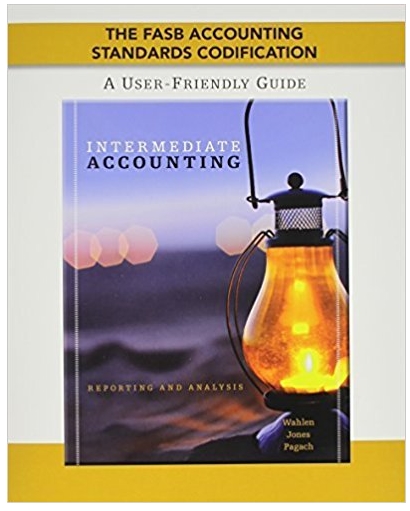Verso Paper Holdings, a producer of coated papers, has a bond outstanding with a cou- pon interest
Fantastic news! We've Found the answer you've been seeking!
Question:
So why would many investors choose not to invest in these bonds, in spite of the high rate of return?
Related Book For 

Intermediate Accounting Reporting and Analysis
ISBN: 978-1111822361
1st edition
Authors: James M. Wahlen, Jefferson P. Jones, Donald Pagach
Posted Date:




